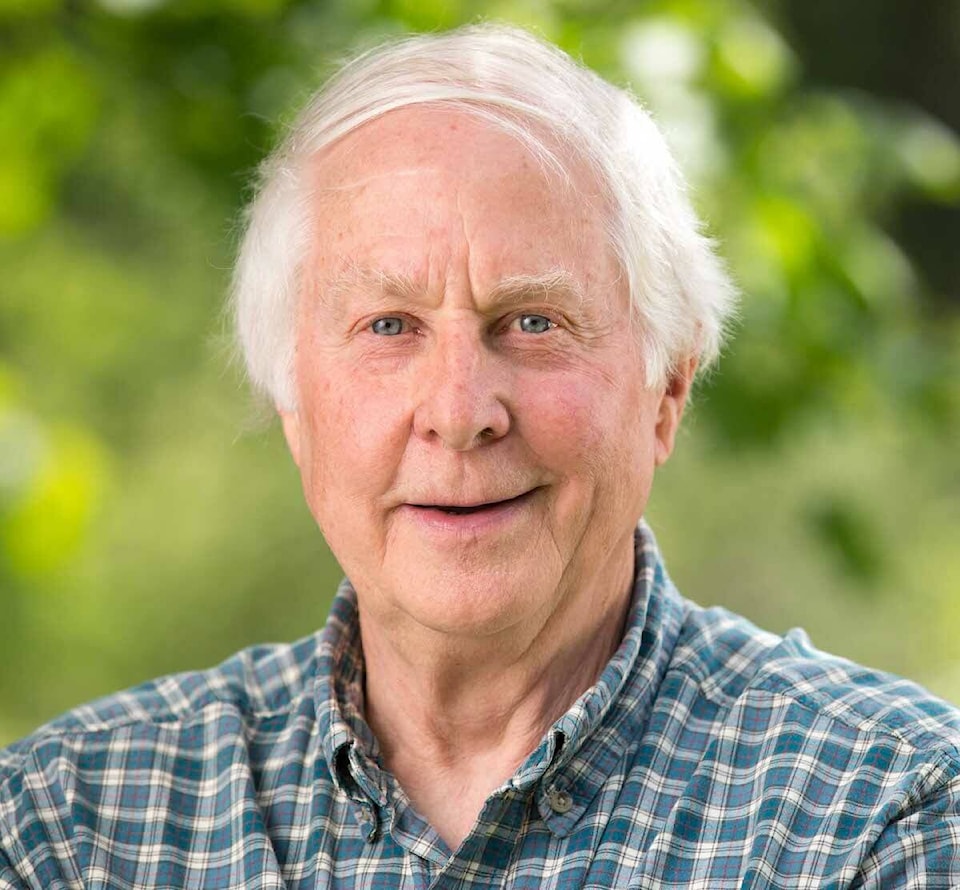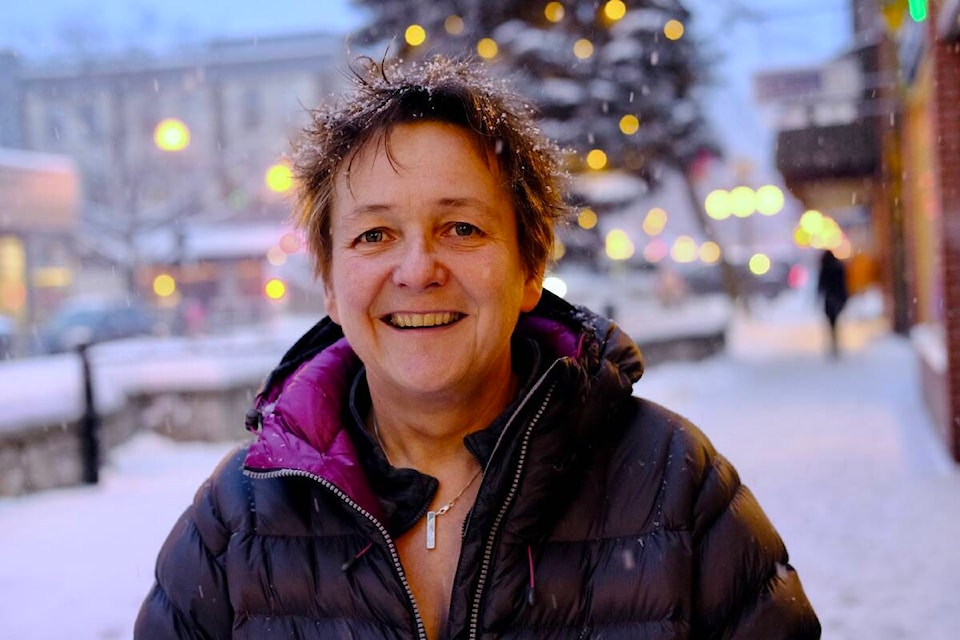A local ecologist who is often critical of the B.C. government’s forest practices is cautiously optimistic about a new plan to improve biodiversity and ecosystem health.
Dr. Rachel Holt, in a public presentation on Jan. 13 at the Nelson United Church, said the Draft BC Biodiversity and Ecological Health Framework, released in November, contains statements never before made by the provincial government.
“It’s quite unusual for the government (to state that) the health of ecosystems and biodiversity is really paramount … and that the other things (including logging) have to fall into place around that,” she told the Nelson Star on Jan. 17.
The province’s draft framework lays out basic principles on how to even the playing field between timber production and other functions of the forest. But before it adds more detail, and perhaps before it turns the principles into legislation, the government is asking for public feedback at biodiversity.ecosystemhealth@gov.bc.ca no later than Jan. 31.
Holt says the big question for her is whether the government can get all ministries on board with a new way of thinking. Resource ministries, especially those focused on timber, will have to change their views on ecosystems, she says.
Holt was a consultant member of the province’s Technical Advisory Panel on Old Growth (TAP) in 2021, and has also served as vice chair of the Forest Practices Board.
She says some portions of the TAP report she co-authored have not been implemented well by the government.
”So how do we bring everybody into alignment, is the big question now.”
What is ecosystem health?
The framework document lists some of the components of ecosystem health: clean air, water quality, species diversity, soil productivity, predatory-prey interactions, pollination, carbon sequestration and storage, flood and disease prevention, and provision of medicine, food, and fiber.
It explains how ecosystem health is inextricably linked to biodiversity, which is the variety of forms of life, from genes and microrganisms to large plants and animals and ecosystems.
Holt says the new framework is a response to one of the recommendations of the province’s Old Growth Strategic Review, published in 2020, which said the government should declare overall ecosystem health, not just timber supply, as the main priority. This will require, the old growth review said, “a paradigm shift in the way we manage forests.”
While she is taking the new ecological health framework seriously, Holt emphasizes that she is not naive.
“There will be great forces against this, who don’t want this. Global forces.”
She said the government has until now dodged questions of ecosystem health and biodiversity, but in the new framework document it uses the term “ecosystem based management.”
West Kootenay forest ecologist Herb Hammond has been using variations on that term, and helping his clients practise it, since the 1980s. He now uses the term “nature-based stewardship.”
Legislation and collaboration
Before the government can initiate this new direction, Hammond says there will have to be legislation to protect ecosystems, not just a framework document. The forest tenure system will also have to change.
Under the B.C. tenure system, forest companies contract with the province to gain long-term control over large tracts of public land for timber harvesting.

Hammond said most of the natural ecosystems in the province are in old-growth forests or secondary forests, and the fate of those forests is in the hands of large timber companies.
“What happens on that land is subject to the opinion of consultants and foresters working for particular companies. I think the tenure system would have to be abolished. That’s the only way you’re going to get real collaboration.”
The government’s framework emphasized the need for collaboration in a “whole-of-society approach that includes individuals, organizations, the private sector, governments, and communities.”
First Nations would be major players, the document states, and this is in line with the province’s Declaration on the Rights of Indigenous Peoples Act.
Hammond says for decades he has participated in collaborations “where industry and various other groups are at the table to discuss things. And so people get active and become sincere to discuss things so that they can change things in a positive direction. Industry is happy to sit there as long as the trees keep falling outside that room.”
Council of Forest Industries
The Council of Forest Industries (COFI) has published a reaction to the ecology framework on its website. The statement acknowledges that the last few years have been challenging to the industry, especially since the government’s decision to defer old-growth logging.
“Moving forward, strengthened Indigenous and local leadership on land-use planning will help ensure goals for forest health, wildfire resiliency and biodiversity are met while also creating more predictability for workers, communities, and forest-related businesses across B.C.,” the COFI statement reads.
“With increasing pressure from wildfires and climate change, it’s more important than ever to take a broad view of the role that both forest management and conservation can play in ensuring forest health and resilience for generations.”
Endangered species, old growth and carbon
Holt says implementation of the framework would mean government and industry would have to do many things it does not currently do.
It would have to treat endangered species as a priority. Currently there is no provincially legislated protection for threatened species, she says. The federal Species at Risk Act only applies to marine species, migratory birds or species on federal land.
And it would mean a change in approach to old growth.
“The practice now is to liquidate the old growth and turn it into a managed forest,” she says. “That is a forester’s of view of the world. And it is just incompatible with the astonishing value of the forest in B.C.”
Another thing not done currently, Holt says, is accounting the carbon that timber companies release.
Cutting an old-growth forest is “an immediate release of a phenomenal amount of carbon.” She says the government considers such cutting to be carbon neutral. That may be true over centuries, Holt argues, but not in a time frame relevant to climate change, which is the next 10 years.
Hammond says the new framework document is “a little bit suspect to me” because clear old-growth rules and biodiversity legislation have been promised before, “and look at where we are on both of those things.”
At the same time, he agrees with Holt “that this is bringing things a little closer to where we want to go.”
READ MORE:
• Nelson ecologist named to provincial old growth technical panel
• Kootenay forest management ignores old growth protection, two experts say
• ‘A living fabric woven by water’ — Kootenay Lake Summit discusses forest and lake health
• Preserve first, log second, says West Kootenay rural watershed report
